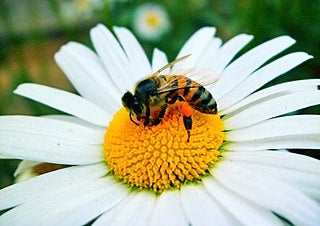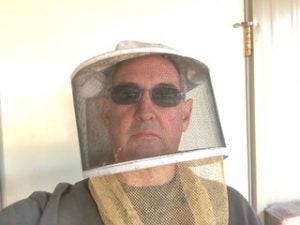Whats killing our honeybees
Published 6:53 pm Saturday, August 17, 2019
Most of you have heard of Honeybee Colony Collapse, researchers still are not exactly sure of why this happens.
We do have facts and data that tell us a story. During the last several years statistics tell us 40-43% of all hives in the U.S. die.
Laboratory test tells us that all the pollen and nectar collected by honeybees contain sub-lethal amounts of chemicals including insecticides, herbicides and other pollutants. Research tells us that none of the chemicals in these small amounts will kill an adult honeybee.
But no research has documented what the cocktail of chemicals will do, nor what they do to a small bee larva.
A honeybee only lives for about 6 weeks. Researchers tell us in a honeybee’s life it takes a bee about five weeks of work in the hive to break even.
By break even, I mean it will provide enough pollen and nectar to the hive to support another honeybee for five weeks. This means the surplus honey in the hive must be provided during the last week of its life.
Research also tells us the queens in our hives seldom live past two years, queens used to live for 4 to 5 years. The insecticides and other chemicals we put on just about every plant is shortening the queen’s life.
If the chemicals in our environment also shorten the worker bee’s life to less than six weeks the hive would not be able to build enough reserves in the form of honey to survive the winter.
The most heavily treated crop or section of the environment is a residential lawn. More fertilizer and insecticides are applied to lawns (grass) than to commercial crops in the U.S.
Yes, we are all part of the problem.
In the U.S., 350,000 tons of insecticides are applied each year, 200 million tons of fertilizer.
Other than chemicals there are lots of other impacts on our bees.
The U.S. has been invaded by a beetle from Africa, Small Hive Beetle, and a mite from Asia, Varroa. The Varroa mite does lots of damage to the bees on its own but it also carries viral and bacterial diseases.
When you add these factors to the migratory nature of most large commercial beekeepers the stress on honeybee hives is just too much.
Ok, what is killing our honeybees?
In my opinion all of the above.
The insecticides in the environment weaken the bee young and shorten their lives. The other chemicals like Roundup impact the quality of a bee’s life.
The weakened bees are then attacked by mites and associated viral and bacterial agents. The result is death to almost half the bees in the U.S. every year. Beekeepers are desperately raising queens, splitting hives and trying to manage the Hive Beetle, Varroa Mite and other diseases.
You might ask well what can I do? Actually, a lot.
Reduce the chemicals applied to the yard, do we really need all the Weed & Feed. NEVER use a systemic insecticide, the insecticide concentrates in the nectar and pollen killing bees, butterflies and other pollinators.
Don’t use powder (dust) type insecticides like Seven dust, bees will pick this up like pollen and carry it to the hive. Let a few wildflowers grow, especially in the back yard.
Remember the white clover that used to grow in your yard when you were a kid. Plant flowering plants, even if it is not one that honeybees visit, the butterflies, bumblebees or other native bees will.
We all play a bigger part in a bee’s life than we think.








